![]()
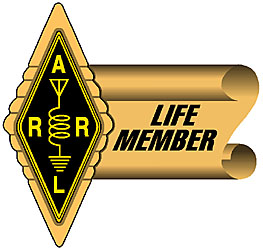
Novice, Technician, & Advanced
I was licensed WN5KPG in 1964 as a Novice class operator. This was the entry level license at the time which required taking a test on Amateur Radio Regulations, Operations, Technical Practices, and the like. The license was valid for 1 year of issuance. The tests covered basic knowledge of regulations, technical information, operations, etc. and was administered by another licenses ham or General Class or higher. Mine was given to me by a local neighborhood ham operator. In addition to the written test, a 5 WPM Morse code exam was administered showing proficiency in copying and sending 25 characters over a 5 minute period. One minute of perfect copy was required to pass. The Novice license was valid for only 1 year prior to expiration. Telegraph keys were used to send the Morse code using the transmitter. Since that time I have been generally interested in collecting a small number of telegraph keys. To see a few suitable for ham radio operations, click on this link: My Telegraph Keys.
The first year of ham radio operation was spent on the HF bands (3-30 MHz) using Morse code only. Novices had no other privileges. That was okay for I had much to learn during the first year. My station consisted of a home brew one tube (6L6) transmitter which was transmitting on a single frequency set by a plug in crystal. The receive was a war surplus BC-348 which was converted to work from the power mains. A picture below shows the basic arrangement. I also eventually obtained a WW-II war surplus ARC-5 transmitter chassis which I converted for operation in the ham bands. Was I successful? Notice the QSL cards (looks like post cards on the wall) which verified many contacts across the U.S. and beyond.
After one year, I decided to keep my ham license by studying for the next level of amateur license, the Technician class. In the 60's, these tests were administered by the Federal Communications Commission who visited San Antonio 4 times per year. So you really had to be ready for the exam when it was administered. I remembering skipping school to take the exam at downtown San Antonio, only to find later that this meant I received zeros in all my classes that day. I guess school administration saw little value in amateur test taking during school! Luckily, I was able to pass the Technician exam which permitted me to operate using Morse code or voice communications on any frequency above 50 MHz. To accomplish this, I had to build a transmitter for 50 MHz. Back then, Amplitude Modulation (AM) was the common mode of communication. [ Want to learn more about Ham Radio? http://www.arrl.org/hamradio.html ]
| Date | License Class | Call Sign |
|
August 21, 1964 |
Novice |
WN5KPG |
|
1965 |
Technician |
WA5KPG |
|
March 27, 1973 |
Advanced |
WA5KPG |
|
September 21, 1976 |
Amateur Extra |
K5PA |
| January 2, 1985 | General Radio Telephone Operator License w/Radar Endorsement | Commercial License |
|
July 7, 1989 |
Ship/Aircraft Radio Station License 156-158 MHz |
Commercial License |
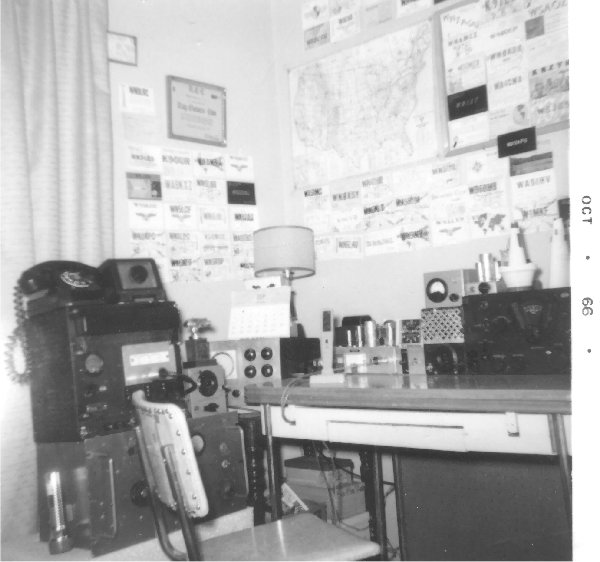
Figure 1. (Oct 1966) Early Years Station. Left to right, APX-6 Microwave transceiver converted from War Surplus. Operated on 1296 MHz band. Below this is a VHF receive from about 90-150 MHz. Next a small ARC-5 receiver and oscilloscope. One table is a microphone, 50 MHz transmitter, ARC-5 Morse Code HF transmitter and BC-348 Receiver for HF bands. On top of the BC-348 are two cone objects ... for my trumpet!
Figure 2. (Oct 1966) Same picture above looking a little more right showing more QSL cards and books. Also another ARC-5 receiver (very plentiful during this period)
During High School (MacArthur H.S., N.E. School District, San Antonio, Texas) I was lucky enough to be at a school which started a trade school in electronics and other skills. I was elected President of the Electronics Club which should of been renamed the Ham Radio Club. As you can see in Figure 3, there was much to talk about on ham radio topics including this demo of UHF communications using the APX-6 transceiver for 1296 MHz. This picture is staged because you will notice there is no antenna connected to the transmitter!
Figure 3. (Circa 1966-67) Demonstrations of ham radio using APX-6 UHF transceiver (foreground) and BC-348 HF receiver.
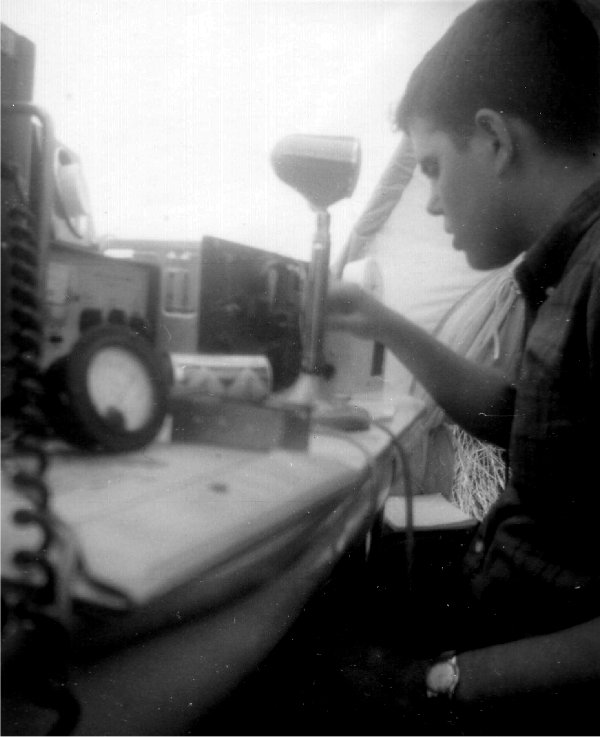
The Twin Sisters Peak that we climbed is the summit to the East of the two peaks. These are shown below in a recent Google Earth 3-D rendition.

Figure 4. (Circa 1966-67) Ham radio field day. Hams like to camp out, setup radio stations run from gasoline powered generators, and make as many contacts as possible. This is my good friend Roger Chiodo (WA5ONR) making contacts from Twin Sisters hilltops near Blanco, Texas, just West of US281. Roger and I spent many an hour during these activities, going to ham club meetings, scrounging and trading electronic parts, and visiting other hams. These are great memories from my youth. Notice the AM transmitter on the left and the BC-348 receiver on the right. This was probably a field day operation using 50 or 144 MHz frequencies.
Figure 5. (June 1971) During the early 70's, ham radio had to become a side hobby due to my studies at The University of Texas at Austin. I enrolled in the School of Electrical Engineering taking courses in Fields and Waves (this means a lot of courses in vector calculus applied to microwaves, propagation, radio, etc.). In this picture circa 1971, my station consisted of a 50 MHz transceiver, Morse code key, microphone and antenna. The antenna is just outside the window and was a 3 ring, 50 MHz antenna.
At my next QTH, I started building the ham station inside a double wide closet so it could be closed off. In Map 1973 you can see my Drake 2B and an HF CW station off to the left (out of view) in the photo. I had a lot of Eico and Heathkit test equipment on the top shelf.
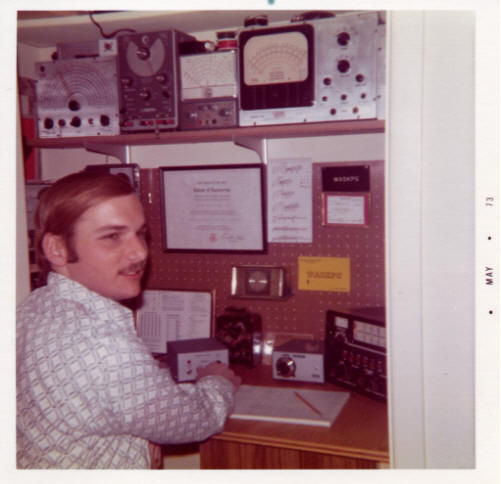
Various stations I have built included to sites with Rohn 25G towers. The first tower held a 3 element home made quad at 40 feet. Below the quad was a small 2 meter vertical for local work. I also had a trap vertical mounted near the tower as shown in the photo.
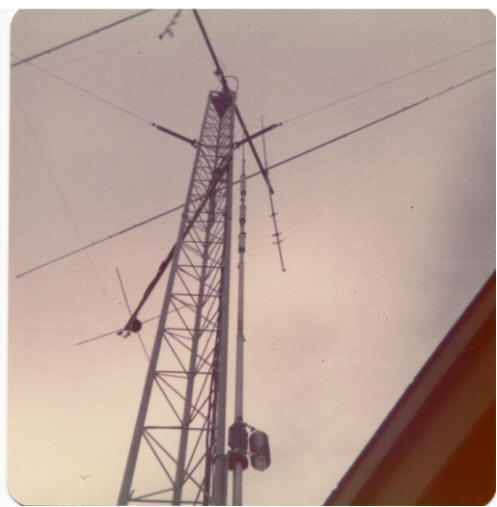

Later, the quad was replaced with a 3 element, triband yagi that I purchased from the local Austin Amateur Radio Club. I had to climb the Red Cross EMCOM tower and pull the antenna down from the top, 60 foot level, but the beam was around $100 I think.
My second tower was at my next home address and it was the same Rohn 25G and had the 3 element yagi plus a 10 element H/V polarized beam for 2 meters. That antenna was amazing for checking cross polarization of 2 meter signals during contacts. Typically, there were 20-30 dB difference between the H/V components. I also had a 80/40/15m trap dipole hanging off the tower at 40 feet. The trap is noticable in the photo as well as the balun.
Over the years, I have been associated with many ham radio operators including family. During the 60's, my dad said that if I got my General class license, he would become a ham too. This did not happen during the 60's or 70's but did much later. Most of my immediate family have their ham radio licenses with call signs of AB5FK, WA5JNF, AD5HP, KB5RSL, N5XEJ, and KD5RUP. The last call sign I am particularly proud of, for this is my next generation of hams! Sara is my daughter shown below on the far right.
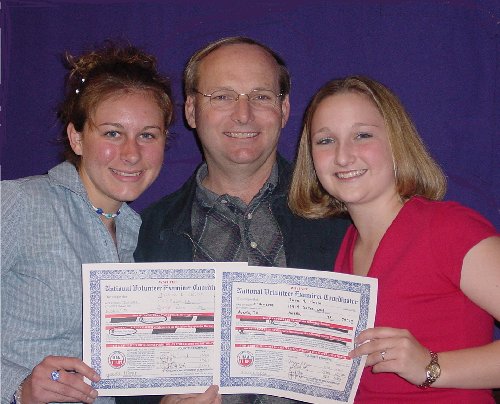
Figure 6. (March 16, 2002) From right to left, these new hams: #2 Daughter, Sara, KD5RUP, myself, and my daughter's friend Jessica, KD5RUO. This picture was taken just after the W5YI exams in Austin, Texas.
Circa 2002 the ham station has progressed from fairly simple radio gear to fully computerized, multi-radio gear.
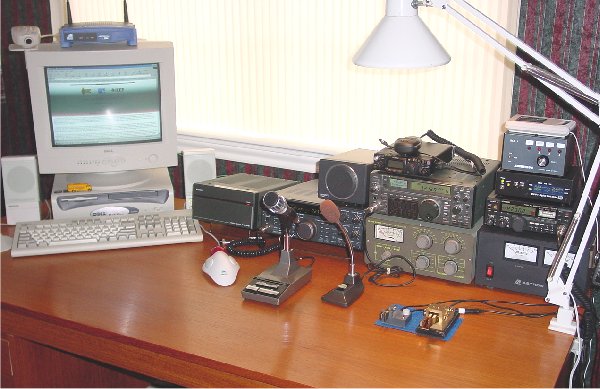
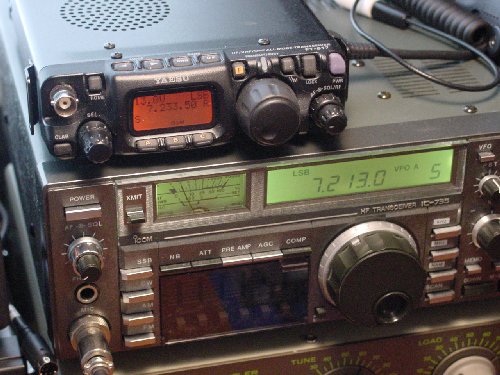
Figure 7. From left to right, computer based ham radio software, Kenwood TS-450S multimode HF transceiver, Yaesu FT-817 5 Watt QRP transceiver covering HF, VHF, and UHF frequencies using multimodes, ICOM IC-735 HF transceiver belonging to my late Father, Tokyo High Power HC-400L transmatch, antenna selection box, LDG DWM-4 mult-transmitter SWR & power meter, Kenwood TR-751A all-mode 144 MHz transceiver. and an Astron RS-20M high current 13.6 VDC power supply. Not shown are several handie talkies for 144/440 MHz bands.
In year 2005, my station consisted of an ICOM IC-746PRO (HF through 2 meters), an Elecraft KX-1 (QRP radio), ICOM 703+ (QRP radio), and Kenwood TR-751A (2M SSB/CW/FM radio). I use the Yaseu FT-756 for HF/VHF mobile and the FT-817 for bicycle mobile. My home station antennae consists of a G5RV dipole up 40 feet with a remote (LDG, Model RT-11) automatic antenna tuner located at its base to tune 80 through 10 meters and a Cushcraft Model R5, HF vertical. I also use a small, 4 element Yagi antenna for 2 meter ops. My favorite, new accessory is my iambic telegraph paddle, model Signature Edition, manufactured by Peitro Begali from Italy. It is a true work of art.
In year 2006, I joined the Straight Key Century Club (SKCC) (membership #1240), the International Morse Preservation Society, FISTS (member # 12189) and the Flying Pigs QRP Club (member #1313). Other memberships include Life Member of The National Association for Amateur Radio, the ARRL, where I am a Volunteer Examiner (VE) serving the ARRL VEC program and have memberships in Austin Amateur Radio Club (AARC) and Austin Repeater Organization (ARO).
My radio equipment in 2010 is documented on my web page Ham Station Circa 2010.
In year 2015, we moved from the city of Austin to Leander, 20 miles Northwest. Moving from a city lot to 5 acres has allowed a lot more experimentation and running higher power. My stations have progressed from the ICOM 756Pro-III to the KX3/KXPA100/KAT500/KPA500 SDR-line of equipment. My ham station in this year is documented on my web page Ham Station Circa 2015-17.
Please watch for new additions to this web site showing station operations from Leander, Texas in the Texas Hill Country.
73 Gene K5PA